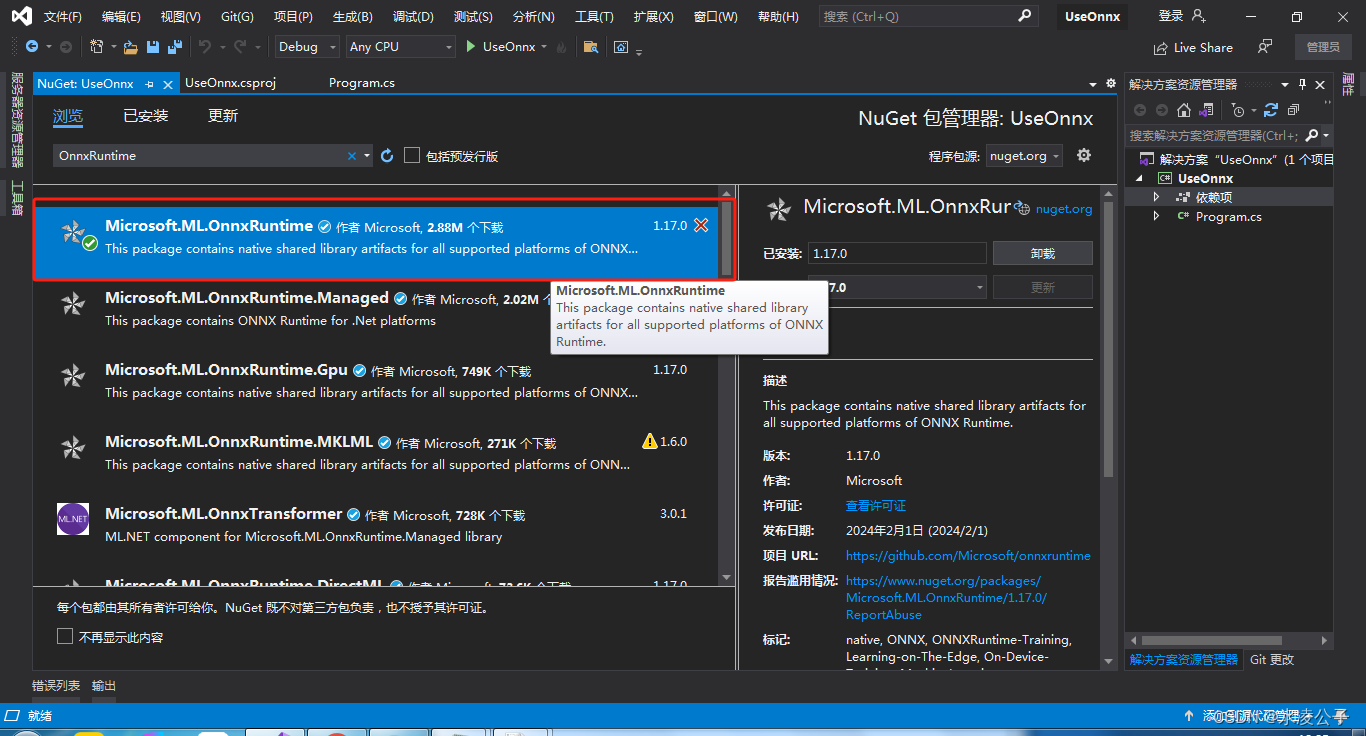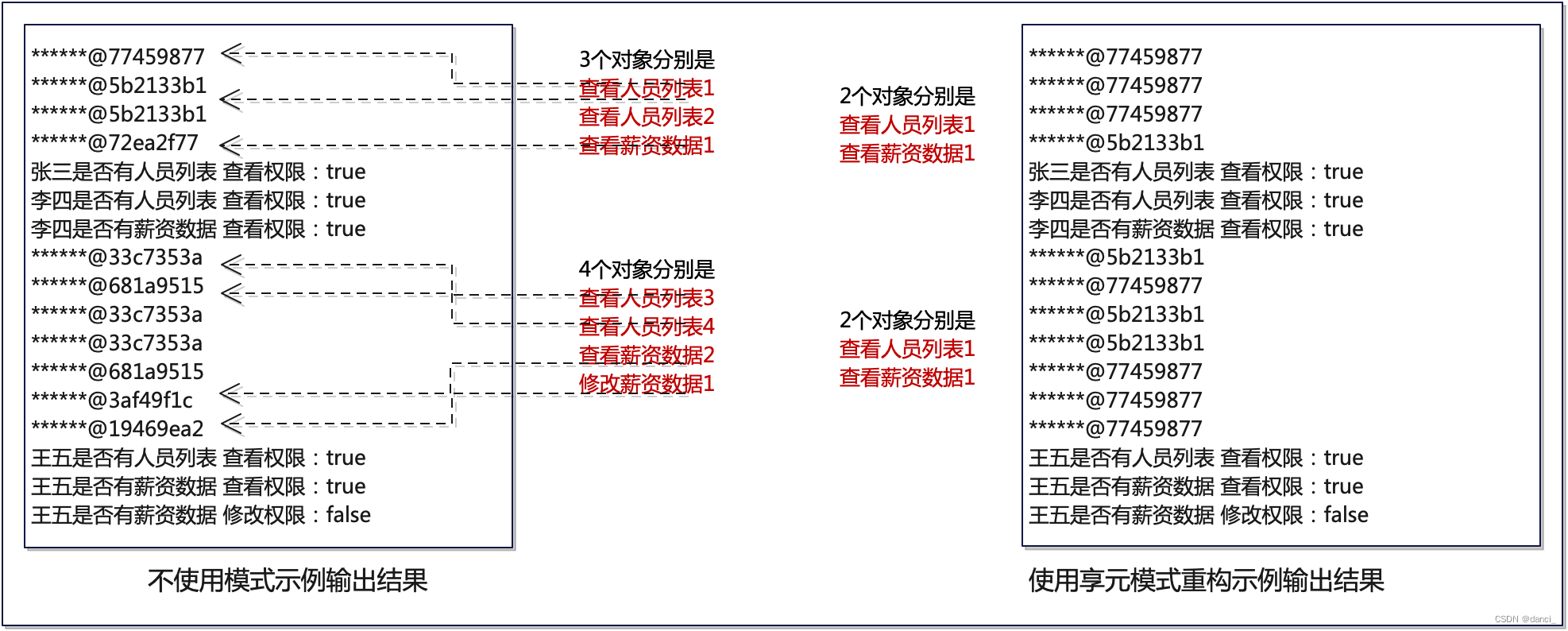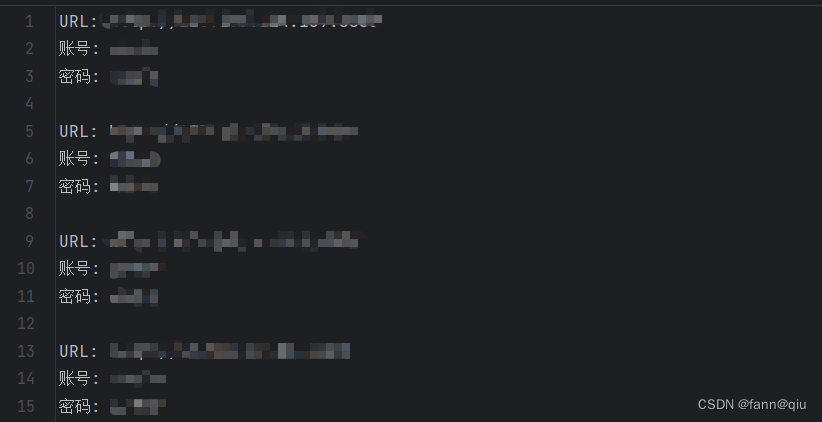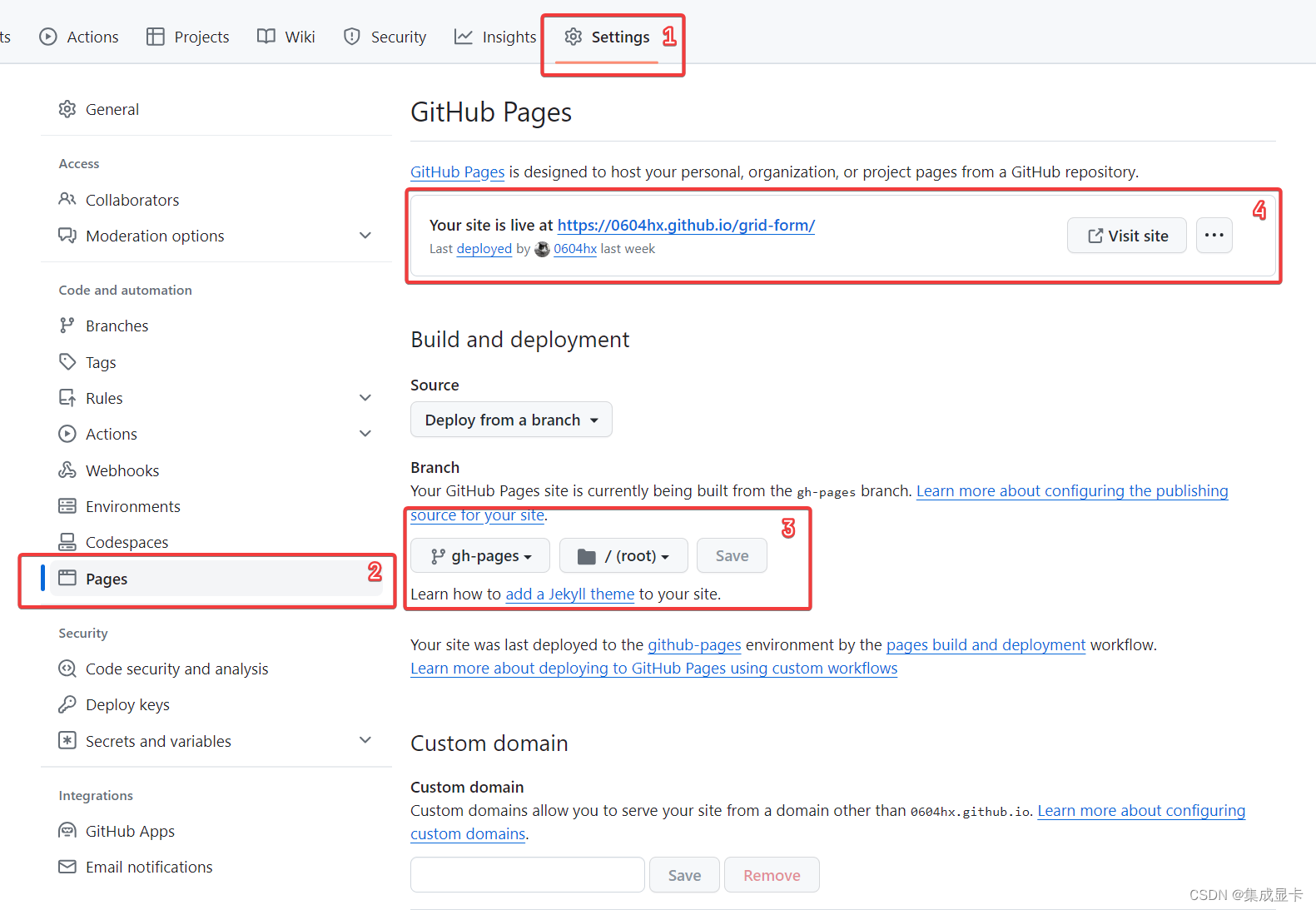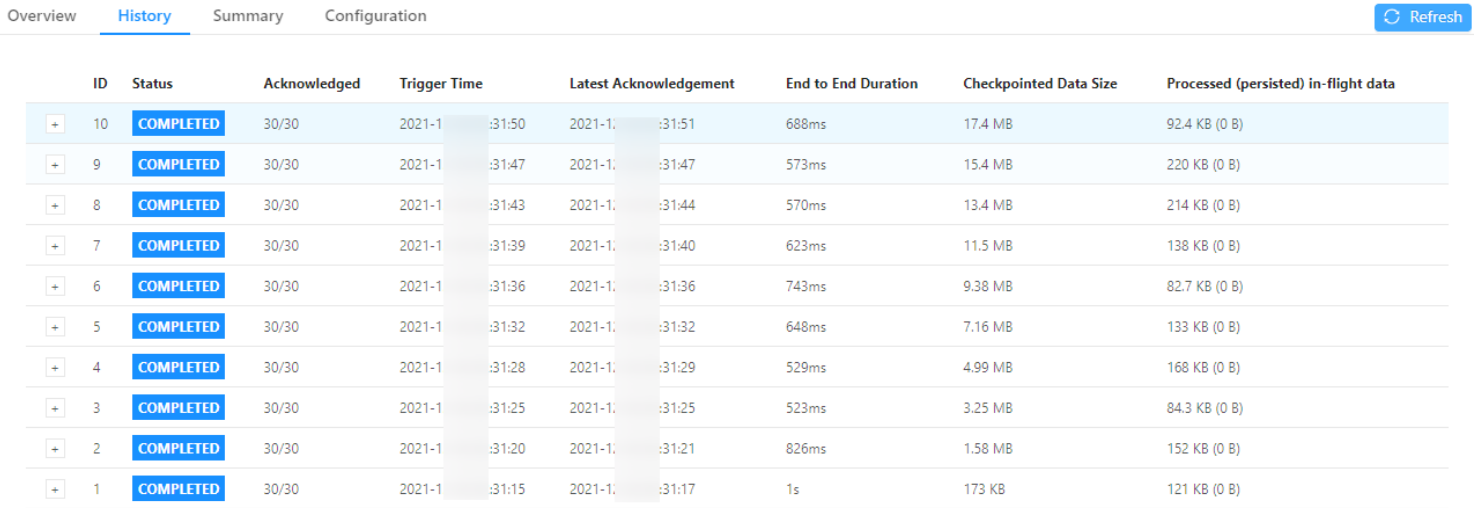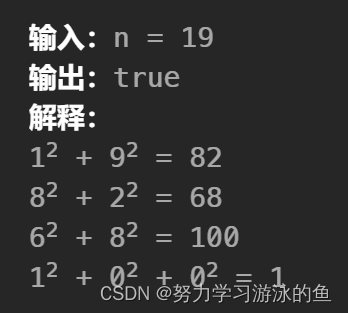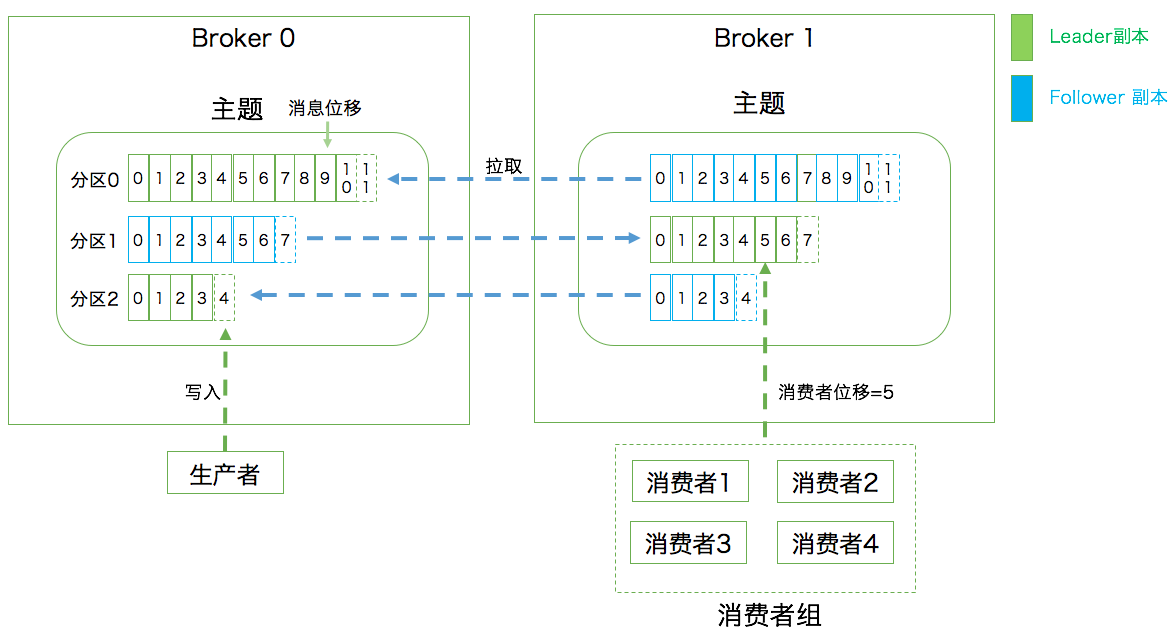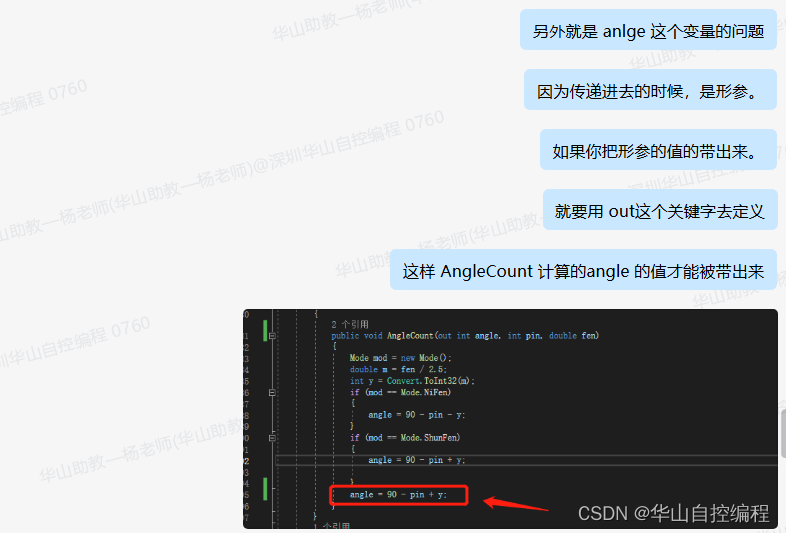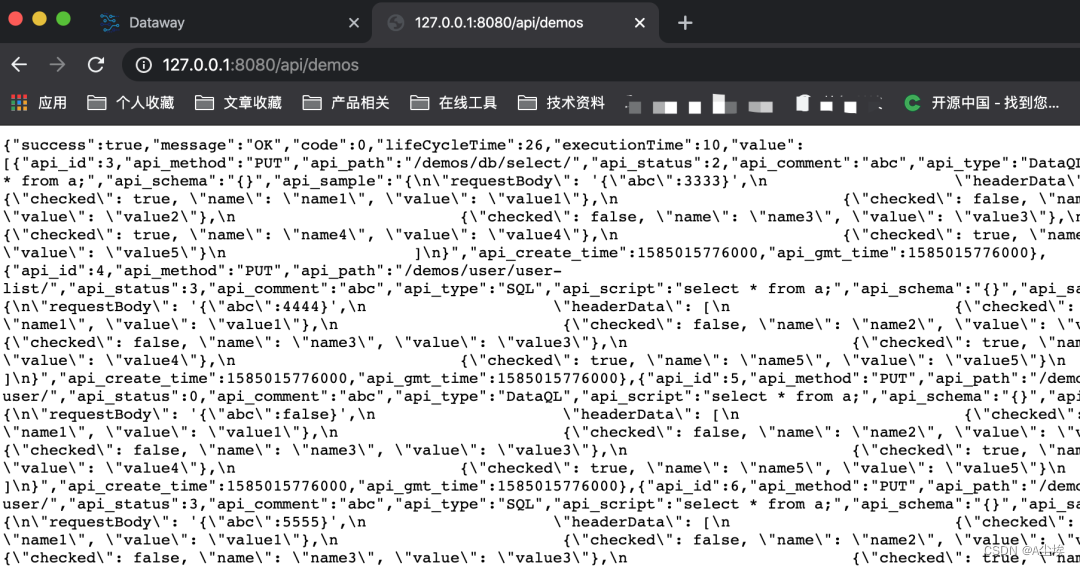朋友们、伙计们,我们又见面了,本期来给大家解读一下有关priority_queue的使用,如果看完之后对你有一定的启发,那么请留下你的三连,祝大家心想事成!
C 语 言 专 栏:C语言:从入门到精通
数据结构专栏:数据结构
个 人 主 页 :stackY、
C + + 专 栏 :C++
Linux 专 栏 :Linux

目录
1. priority_queue的介绍
2. priority_queue的使用
3. priority_queue的模拟实现
1. priority_queue的介绍
priority_queue详细文档介绍
1. 优先队列是一种容器适配器,根据严格的弱排序标准,它的第一个元素总是它所包含的元素中最大的。
2. 此上下文类似于堆,在堆中可以随时插入元素,并且只能检索最大堆元素(优先队列中位于顶部的元素)。
3. 优先队列被实现为容器适配器,容器适配器即将特定容器类封装作为其底层容器类,queue提供一组特定的成员函数来访问其元素。元素从特定容器的“尾部”弹出,其称为优先队列的顶部。
4. 底层容器可以是任何标准容器类模板,也可以是其他特定设计的容器类。容器应该可以通过随机访问迭代器访问,并支持以下操作:
- empty():检测容器是否为空
- size():返回容器中有效元素个数
- front():返回容器中第一个元素的引用
- push_back():在容器尾部插入元素
- pop_back():删除容器尾部元素
5. 标准容器类vector和deque满足这些需求。默认情况下,如果没有为特定的priority_queue类实例化指定容器类,则使用vector。
6. 需要支持随机访问迭代器,以便始终在内部保持堆结构。容器适配器通过在需要时自动调用算法函数make_heap、push_heap和pop_heap来自动完成此操作。
2. priority_queue的使用
优先级队列默认使用vector作为其底层存储数据的容器,在vector上又使用了堆算法将vector中元素构造成堆的结构,因此priority_queue就是堆,所有需要用到堆的位置,都可以考虑使用priority_queue。注意:默认情况下priority_queue是大堆。
函数声明 接口说明 priority_queue()/priority_queue(first,last) 构造一个空的优先级队列 empty( ) 检测优先级队列是否为空,是返回true,否则返回
falsetop( ) 返回优先级队列中最大(最小元素),即堆顶元素 push(x) 在优先级队列中插入元素x pop() 删除优先级队列中最大(最小)元素,即堆顶元素
1. 默认情况下,priority_queue是大堆
#include <iostream> #include <queue> #include <vector> using namespace std; void Test_priority_queue() { vector<int> v = { 2,5,8,7,4,3,6,9,1,0 }; //默认情况建的是大堆 priority_queue<int> heap1; for (auto e : v) { heap1.push(e); } cout << heap1.top() << endl; cout << endl; //如果要建小堆可以指定传参 //容器适配器 priority_queue<int, vector<int>, greater<int>> heap2; for (auto e : v) { heap2.push(e); } cout << heap2.top() << endl; cout << endl; }2. 如果在priority_queue中放自定义类型的数据,用户需要在自定义类型中提供> 或者< 的重载。
class Date { public: Date(int year = 2024, int month = 1, int day = 1) : _year(year) , _month(month) , _day(day) {} bool operator<(const Date& d)const { return (_year < d._year) || (_year == d._year && _month < d._month) || (_year == d._year && _month == d._month && _day < d._day); } bool operator>(const Date& d)const { return (_year > d._year) || (_year == d._year && _month > d._month) || (_year == d._year && _month == d._month && _day > d._day); } friend ostream& operator<<(ostream& _cout, const Date& d) { _cout << d._year << "-" << d._month << "-" << d._day; return _cout; } private: int _year; int _month; int _day; }; void Test_priority_queue2() { // 大堆,需要用户在自定义类型中提供<的重载 priority_queue<Date> q1; q1.push(Date(2024, 1, 1)); q1.push(Date(2023, 10, 28)); q1.push(Date(1949, 10, 1)); cout << q1.top() << endl; // 如果要创建小堆,需要用户提供>的重载 priority_queue<Date, vector<Date>, greater<Date>> q2; q2.push(Date(2024, 1, 1)); q2.push(Date(2023, 10, 28)); q2.push(Date(1949, 10, 1)); cout << q2.top() << endl; }
3. priority_queue的模拟实现
priority_quque也是通过容器适配器来完成的,只不过又多了一个控制大小堆的仿函数
#pragma once #include <vector> namespace ywh { template<class T> class Less { public: bool operator()(const T& x, const T& y) { return x < y; } }; template<class T, class Container = vector<T>, class Compare = Less<T>> class priority_queue { public: priority_queue() {} void push(const T& x) { _con.push_back(x); adjust_up(_con.size() - 1); } void pop() { swap(_con[0], _con[_con.size() - 1]); _con.pop_back(); adjust_down(0); } const T& top() { return _con[0]; } bool empty() { return _con.empty(); } size_t size() { return _con.size(); } private: //向下调整 void adjust_down(int parent) { Compare com; size_t child = parent * 2 + 1; while (child < _con.size()) { //if (child + 1 < _con.size() // //&& _con[child] < _con[child + 1]) if (child + 1 < _con.size() && com(_con[child], _con[child + 1])) { ++child; } //if (_con[parent] < _con[child]) if (com(_con[parent], _con[child])) { swap(_con[child], _con[parent]); parent = child; child = parent * 2 + 1; } else { break; } } } //向上调整 void adjust_up(int child) { Compare com; int parent = (child - 1) / 2; while (child > 0) { if (com(_con[parent], _con[child])) //if (_con[parent] < _con[child]) { swap(_con[child], _con[parent]); child = parent; parent = (child - 1) / 2; } else { break; } } } private: Container _con; }; }
朋友们、伙计们,美好的时光总是短暂的,我们本期的的分享就到此结束,欲知后事如何,请听下回分解~,最后看完别忘了留下你们弥足珍贵的三连喔,感谢大家的支持!




